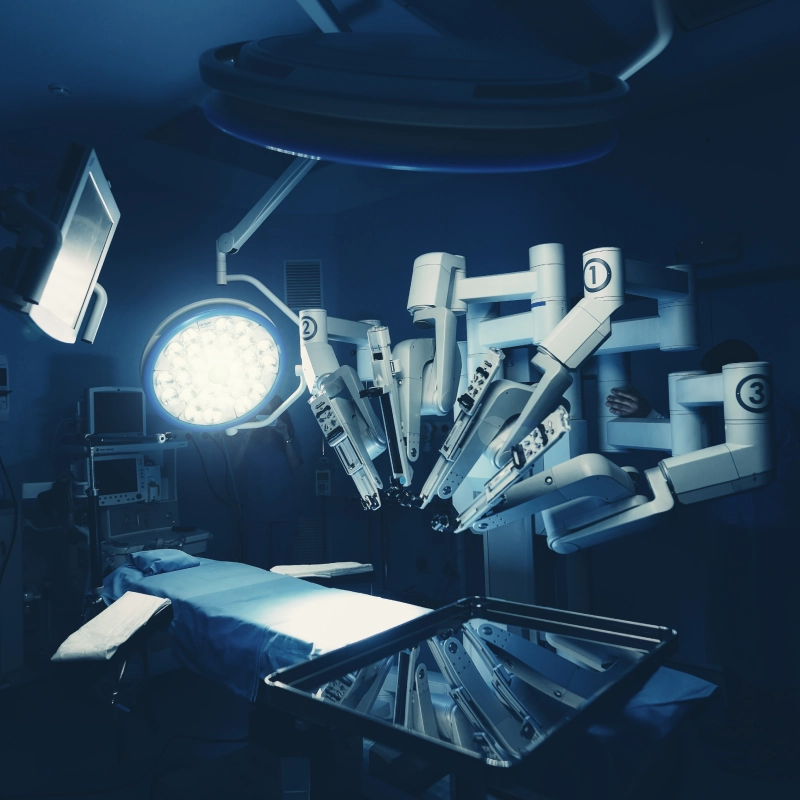Home/Wellness Zone/Sakra Blogs
12th Mar, 2024

As a team specializing in complex liver, hepatobiliary pancreatic, upper GI, colorectal, hernia, and abdominal wall reconstruction surgeries, we have had the privilege of conducting the initial 100 surgeries utilizing the state-of-the-art da Vinci Surgical System. This cutting-edge technology has revolutionized our approach to minimally invasive surgery, offering unparalleled precision and control in even the most intricate procedures.
The transition to robotic-assisted surgery has been nothing short of transformative. The intuitive interface and ergonomic design, enhanced visualization provided by the high-definition 3D camera system allows for a level of detail and clarity that was previously unattainable with traditional laparoscopic methods.
In complex liver surgeries, the da Vinci system's articulating instruments have enabled us to navigate the delicate anatomy with remarkable dexterity, reducing the risk of complications and minimizing trauma to surrounding tissues. The ability to manipulate the instruments with six degrees of freedom replicates the natural movements of the human hand, enhancing our ability to perform precise dissections and suturing in the confined spaces of the abdomen.
Similarly, in hepatobiliary pancreatic surgeries, where precision is paramount, the da Vinci system has proven to be an invaluable tool. Its advanced imaging capabilities like Firefly allow for enhanced visualization of critical structures, such as the bile ducts and blood vessels, facilitating safer and more efficient procedures. By minimizing blood loss and tissue damage, robotic-assisted surgery has led to shorter hospital stays and faster recovery times for our patients.
In colorectal surgery – for both benign and malignant disease, the enhanced visualization and improved access to the pelvic anatomy enables us to perform superior oncological resection, and sphincter-preserving surgeries with greater accuracy. The Firefly–ICG visualization of the vascularity of the bowel to be anastomosed significantly helps in reducing the risk of postoperative complications.
In Upper GI surgeries, where intricate dissection has to be done at the hiatus, in close proximity with all vital structures, yet again the improved dexterity – enabled by the robot, has led to safer surgeries and faster recoveries.
Even in hernia and abdominal wall reconstruction surgeries, where precision and a sturdy fascial closure is crucial for optimal mesh placement and tissue repair, the da Vinci system has proven to be a game-changer. Its articulating instruments allow for precise dissection and closure of hernia defects, leading to reduced recurrence rates, significantly lesser pain, and improved patient satisfaction.
As we reflect on the first 100 surgeries with the da Vinci Surgical System, we are filled with excitement for the future of robotic-assisted surgery. With continued advancements in technology and ongoing refinement of surgical techniques, we are confident that we are only scratching the surface of its potential. By combining the art of surgery with cutting-edge innovation, we can
continue to push the boundaries of what is possible and deliver the highest quality care to our patients.
Enquire Now
